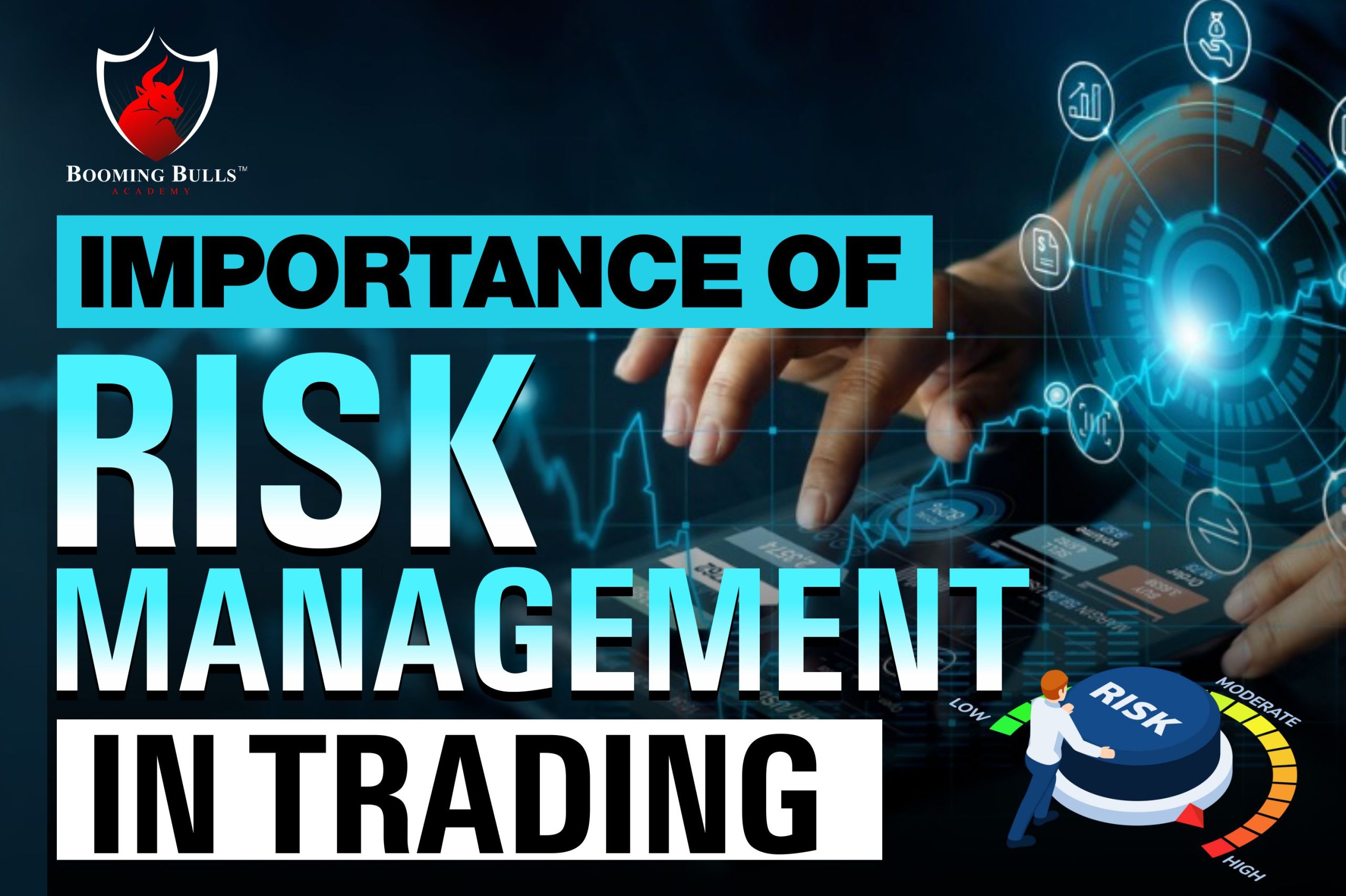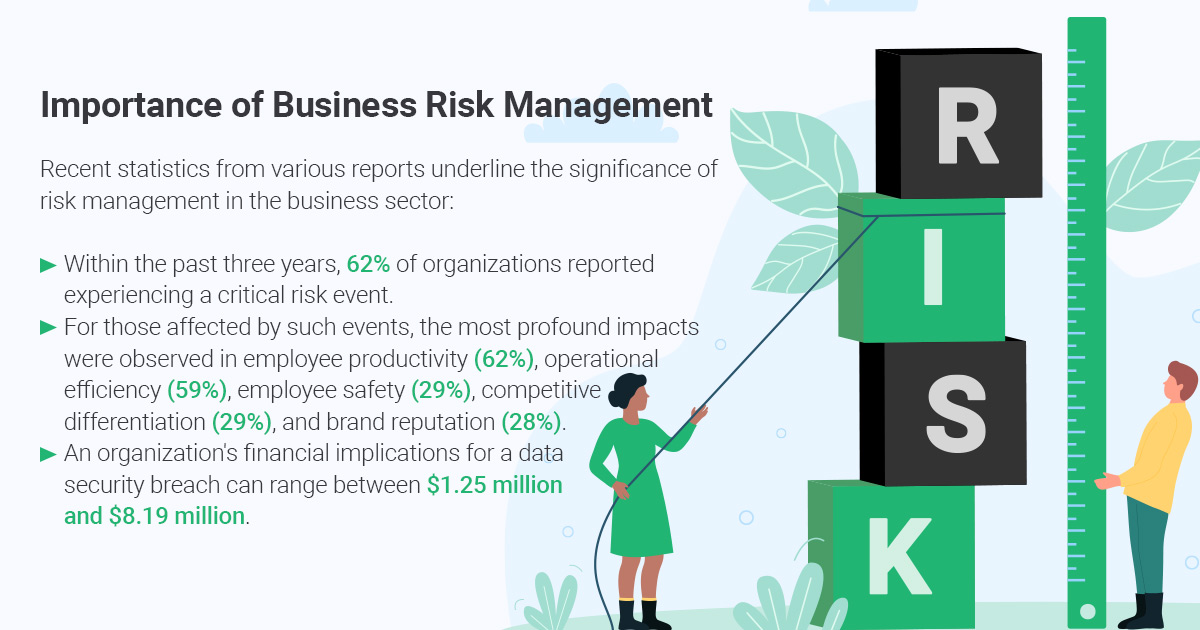Exploring the Long-Term Benefits and Importance of Risk Management for Startups
Exploring the Long-Term Benefits and Importance of Risk Management for Startups
Blog Article
The Significance of Comprehending the Importance of Risk Management in Different Industries

The Core Concept of Risk Management and Its Function
Risk Management, the keystone of lots of markets, rests on the identification, assessment, and reduction of uncertainties in an organization atmosphere. It is an integral practice that enables organizations to secure their assets, reputation, and total survival. By correctly recognizing prospective risks, organizations can establish techniques to either protect against these risks from taking place or decrease their influence. The analysis procedure involves examining the likelihood and potential severity of these threats. The reduction procedure includes creating methods to minimize their prospective effect when dangers have actually been recognized and reviewed. This procedure is intermittent and continuous, making certain that organizations are gotten ready for the ever-changing nature of Risk in various industries. The primary objective, therefore, is to foster durability amidst uncertainties.
Advantages of Applying Risk Management in Service Workflow

Introducing the Duty of Risk Management in Different Industries
While every sector confronts its one-of-a-kind collection of risks, the execution of Risk Management approaches stays a common measure in their quest of sustainability and development. In the health care sector, Risk Management involves guaranteeing patient security and data defense, web link while in finance, it includes mitigating investment threats and making sure regulatory compliance (importance of risk management). Construction firms concentrate on employee security, project hold-ups, and budget overruns. In the technology field, business mitigate cybersecurity hazards and technology obsolescence. Eventually, the role of Risk Management throughout markets is to recognize, examine, and mitigate dangers. It is a crucial element of critical preparation, enabling organizations to secure their possessions, maximize possibilities, and attain their objectives.
Real-life Case Research Studies Showing Successful Risk Management
To understand the value of Risk Management in these numerous sectors, one can look to several real-life circumstances that show the successful application of these actions. Toyota, upload the 2011 earthquake in Japan, modified its supply chain Management to decrease interruption dangers. These instances demonstrate just how sectors, learning from situations, successfully used Risk Management techniques to lower future threats.
Future Fads and Developments in Risk Management Techniques
Cybersecurity, as soon as an anonymous outer concern, has catapulted to the center of Risk Management, with approaches focusing on prevention, feedback, and detection. The assimilation of ESG (Environmental, Social, Administration) aspects right into Risk Management is another over here expanding trend, reflecting the boosting recognition of the role that ecological and social risks play in company sustainability. Therefore, the future of Risk Management lies in the blend of advanced innovation, innovative approaches, and a holistic strategy.
Conclusion
In final thought, understanding the relevance of Risk Management throughout a spectrum of sectors is essential for their durability and prosperity. Inevitably, successful Risk Management adds to much more durable and sustainable services, highlighting the significance of this technique in today's highly competitive and vibrant company atmosphere.
While every sector faces its special set of dangers, the execution of Risk Management strategies stays an usual in their quest of sustainability and development. In the health care industry, Risk Management requires ensuring patient safety and data protection, while in finance, it includes mitigating financial investment risks and guaranteeing governing compliance. Eventually, the function of Risk Management across sectors is to recognize, analyze, and reduce threats. These instances show exactly how industries, finding out from situations, efficiently applied Risk Management methods to reduce future threats.

Report this page